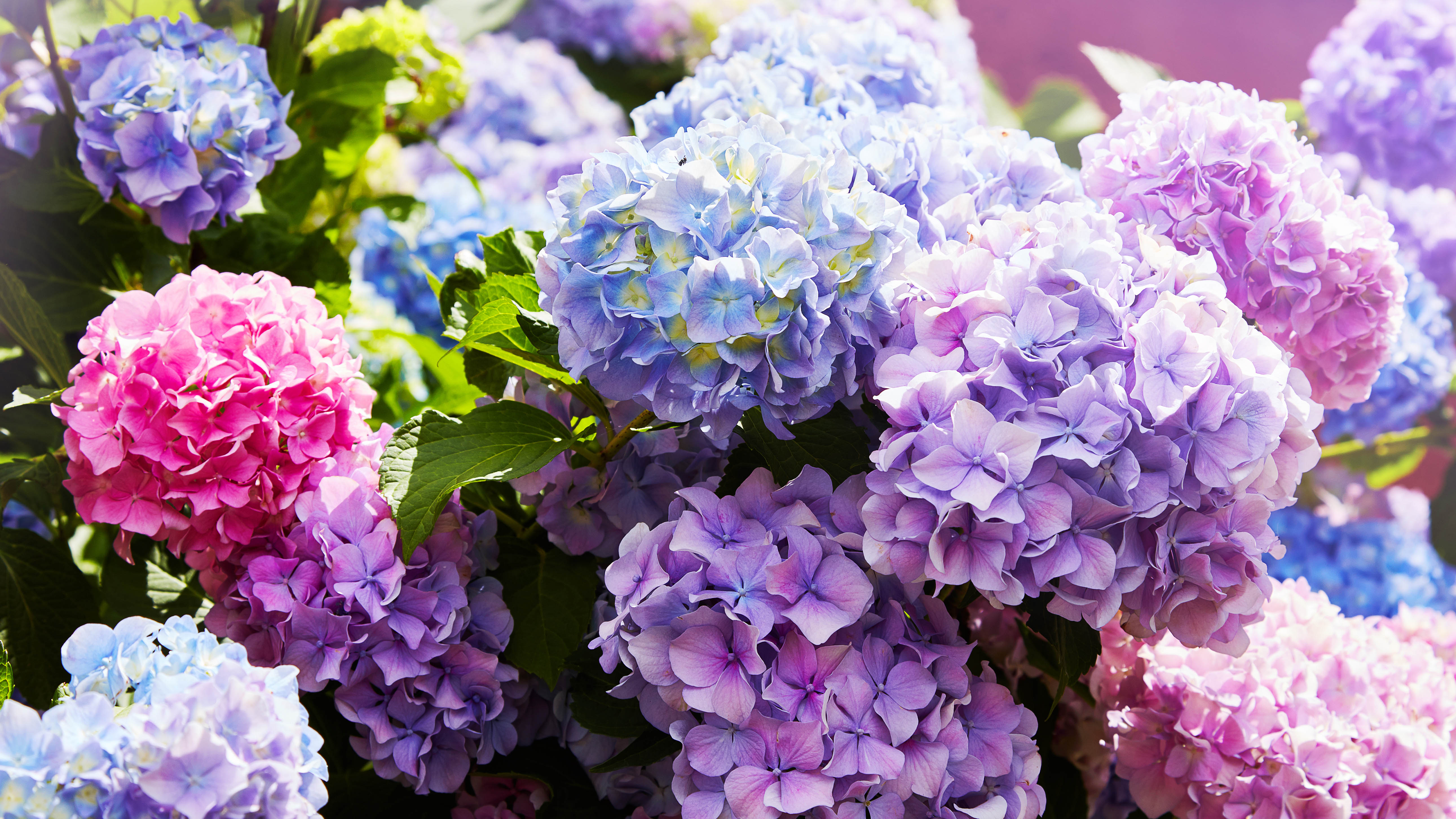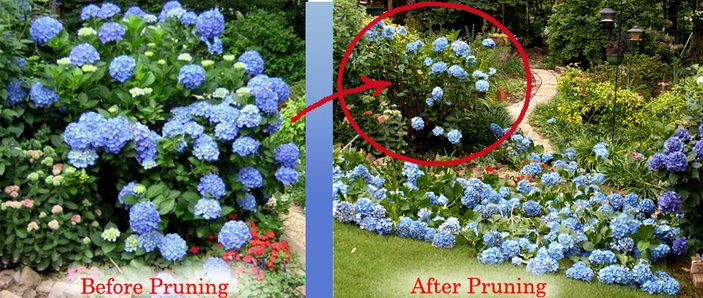Deadheading Hydrangeas: How To Keep Your Flowers Blooming
Deadheading Hydrangeas: How to Keep Your Flowers Blooming
Hydrangeas are a popular choice for gardeners because of their beautiful blooms. But did you know that deadheading hydrangeas can help you keep them blooming all season long?
Deadheading is the process of removing spent blooms from a plant. This encourages the plant to produce more flowers, and it also helps to keep the plant looking its best.
In this blog post, we'll discuss the benefits of deadheading hydrangeas, when to deadhead, and how to do it properly. We'll also provide some tips for getting the most out of your hydrangeas.
Benefits of Deadheading Hydrangeas
There are several benefits to deadheading hydrangeas. First, it encourages the plant to produce more flowers. When a hydrangea blooms, it produces seeds. If the seeds are allowed to mature, the plant will focus its energy on producing seeds instead of flowers. By deadheading the spent blooms, you can prevent the plant from setting seed and encourage it to produce more flowers.
Second, deadheading helps to keep the plant looking its best. Spent blooms can look unsightly, and they can also attract pests and diseases. By deadheading regularly, you can keep your hydrangeas looking their best and help to protect them from pests and diseases.
Finally, deadheading can help to extend the blooming season of hydrangeas. Some hydrangeas, such as Endless Summer, will bloom multiple times in a season. By deadheading the first flush of blooms, you can encourage the plant to produce a second flush of blooms later in the season.
When to Deadhead Hydrangeas
The best time to deadhead hydrangeas is when the blooms start to fade. You can usually tell when a bloom is ready to be deadheaded because the petals will start to turn brown and dry.
For hydrangeas that bloom on old wood, such as Bigleaf hydrangeas, you can deadhead throughout the blooming season. However, for hydrangeas that bloom on new wood, such as Smooth hydrangeas, you should only deadhead after the first flush of blooms.
How to Deadhead Hydrangeas
Deadheading hydrangeas is a simple process. All you need are a pair of sharp pruning shears.
To deadhead a hydrangea, simply cut the stem of the spent bloom just above a set of healthy leaves. Be sure to cut the stem cleanly, so that you don't damage the leaves.
If you're deadheading a hydrangea that blooms on old wood, you can also make a slightly deeper cut, just above the first set of large leaves. This will encourage the plant to produce more flowers from the same stem.
Tips for Deadheading Hydrangeas
Here are a few tips for deadheading hydrangeas:
- Use sharp pruning shears to make a clean cut.
- Cut the stem of the spent bloom just above a set of healthy leaves.
- If you're deadheading a hydrangea that blooms on old wood, you can make a slightly deeper cut, just above the first set of large leaves.
- Deadhead regularly throughout the blooming season.
- Be sure to wear gloves if you have sensitive skin.
Conclusion
Deadheading hydrangeas is a simple way to keep your flowers blooming all season long. By following these tips, you can ensure that your hydrangeas look their best and produce plenty of flowers.
Deadheading hydrangeas is a simple way to keep your plants looking their best and encourage new blooms. But with so many different types of hydrangeas, it can be tricky to know when and how to deadhead them.
That's where comes in. This website has a wealth of information on deadheading hydrangeas, including:
- When to deadhead hydrangeas
- How to deadhead hydrangeas
- What tools you need to deadhead hydrangeas
- Tips for deadheading hydrangeas
Plus, has a comprehensive database of hydrangea varieties, so you can easily find out the best time to deadhead your specific type of hydrangea.
So if you're looking for more information on deadheading hydrangeas, be sure to visit . You'll find everything you need to keep your hydrangeas looking beautiful all season long.
FAQ of deadheading hydrangeas
What is deadheading?
Deadheading is the process of removing spent flowers from a plant. This helps to encourage new flower growth and keep the plant looking its best.
Why should I deadhead my hydrangeas?
There are several reasons why you should deadhead your hydrangeas:
- To encourage new flower growth: When you deadhead a hydrangea, you are removing the spent flowers, which allows the plant to focus its energy on producing new flower buds. This will result in a longer and more abundant flowering season.
- To keep your hydrangeas looking their best: Deadheading also helps to keep your hydrangeas looking neat and tidy. Spent flowers can be unsightly, and they can also attract pests and diseases.
- To prevent reseeding: If you do not deadhead your hydrangeas, they may reseed. This can lead to an infestation of hydrangeas in your garden.
When should I deadhead my hydrangeas?
The best time to deadhead hydrangeas is immediately after they have finished flowering. However, you can also deadhead them later in the season, if you prefer.
How do I deadhead hydrangeas?
To deadhead a hydrangea, simply pinch or cut off the spent flowers at the base of the stem. You can use a pair of sharp scissors or a garden pruner.
What are some tips for deadheading hydrangeas?
Here are a few tips for deadheading hydrangeas:
- Use sharp tools to avoid damaging the stems.
- Be sure to deadhead all of the spent flowers, even if they are not yet completely dead.
- If you are deadheading hydrangeas in the fall, be sure to leave a few spent flowers on the plant so that the plant can produce seeds.
Image of deadheading hydrangeas
5 different images of "deadheading hydrangeas" from Pinterest:
- Image 1: A close-up of a hydrangea flower that has been deadheaded. The dead flower head has been removed, leaving behind a small, green nub.

- Image 2: A hydrangea bush that has been deadheaded. The dead flower heads have been removed, leaving behind a bush of healthy, green leaves.

- Image 3: A gardener deadheading a hydrangea bush. The gardener is using a pair of scissors to remove the dead flower heads.

- Image 4: A step-by-step guide to deadheading hydrangeas. The guide shows how to identify dead flower heads, how to remove them, and how to care for the hydrangea bush after deadheading.

- Image 5: A before-and-after photo of a hydrangea bush that has been deadheaded. The before photo shows the bush with dead flower heads, and the after photo shows the bush after it has been deadheaded.

Post a Comment for "Deadheading Hydrangeas: How To Keep Your Flowers Blooming"